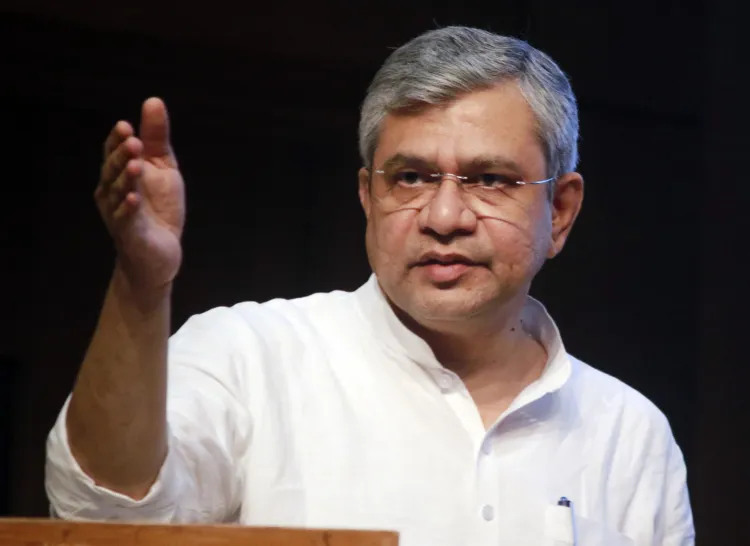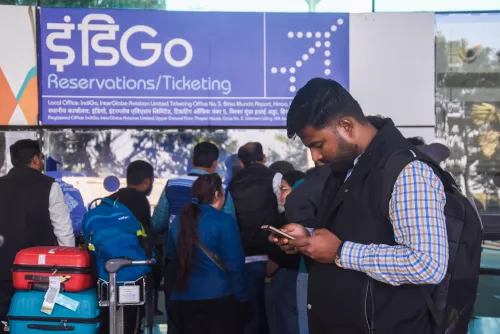How Can We Build a Future-Ready Workforce to Propel India’s Manufacturing Growth?

Synopsis
Key Takeaways
- A future-ready workforce is essential for India's manufacturing growth.
- The Viksit Bharat 2047 mission aims for sustainable economic development.
- Industry collaboration is vital for effective skill development.
- NAMTECH is addressing the talent gap in emerging technologies.
- Government initiatives support advanced technology adoption.
New Delhi, May 23 (NationPress) Union Minister of Railways and Electronics and IT, Ashwini Vaishnaw, has emphasized the urgent need for unified efforts to cultivate talent and capacity in alignment with the ‘Viksit Bharat 2047’ vision.
During a roundtable with industry leaders and academic representatives, the minister stressed the importance of expediting the formation of a future-ready workforce to propel India’s manufacturing sector.
The discussions were centered on the enhancement of talent and capacity for sustainable manufacturing, merging a global outlook with local initiatives.
Vaishnaw applauded the rise of the Manufacturing, Engineering, and Technology (MET) sector, a venture by NAMTECH (New Age Makers Institute of Technology), which includes the MET Innovation School.
This initiative seeks to fulfill the requirements of Industry 4.0 and beyond, particularly addressing the skills deficit in emerging technologies and equipping a highly-skilled workforce and future leaders to drive transformative progress in India.
Vaishnaw welcomed the MIT delegation, recognizing them as one of the premier institutions worldwide, envisaging a world-class institute for advanced manufacturing.
He also acknowledged the contributions of Indian industry leaders such as Suzuki, Siemens, ABB, Inox, and others, stressing that active industry involvement is crucial for making NAMTECH genuinely effective and in sync with the Prime Minister’s vision.
The government has initiated several groundbreaking missions, including the India Semiconductor Mission, AI Mission, National Robotics Strategy, Mobility Manufacturing Mission, and National Hydrogen Mission, showcasing the emphasis on advanced technology development and integration.
The National Education Policy 2020 also highlights holistic development and the incorporation of vocational and digital education into mainstream education.
Supporting these are talent-focused frameworks such as the Skill India Digital Hub, ITI Upgradation Scheme, Chip to Startup, and the National Apprenticeship Promotion Scheme (NAPS) — all prioritizing industry-aligned, inclusive skilling models.
MeitY continues to endorse such ecosystem-driven projects that close critical skill gaps, democratize access to advanced technology education, and enhance India's competitiveness on a global scale in the electronics and manufacturing sectors.
The event also saw the signing of a memorandum of understanding (MoU) between NAMTECH and Gati Shakti Vishwavidyalaya (GSV), Vadodara.










